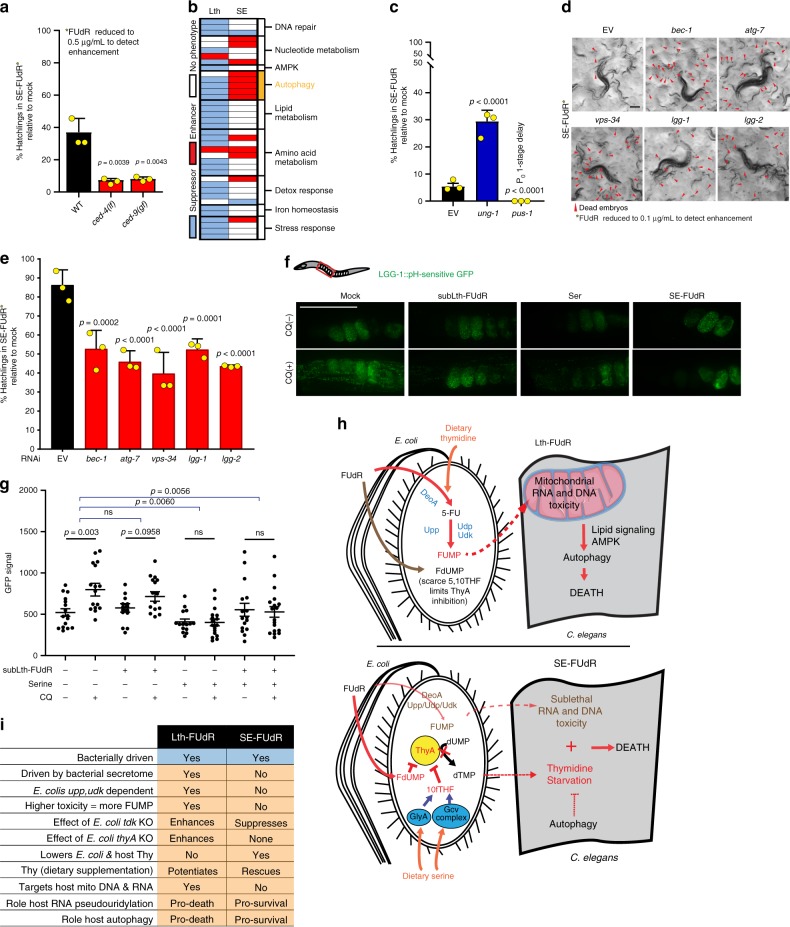Fig. 7. Host response to Lth-FUdR and SE-FUdR are distinct.
Throughout this figure: % hatchlings was analyzed as described in Fig. 1. Statistical significance was assessed via two-tailed unpaired nonparametric t-test for % hatchlings quantification. Data are presented as mean values ± SEM. n = # independent biological replicates. Source data are provided as a Source Data file. a Quantification of progeny viability of WT, ced-4(n1162), and ced-9(n1950) mutant C. elegans cultured on EORB1 lawns treated with 0.5 μg/mL plus 1.5 mg/mL serine (lower dose of FUdR used to enable detection of SE-FUdR enhancers). n = 3. b GO distribution of the three-way (left) and four-way (right) hits from the C. elegans RNAi screen for modulators of Lth-FUdR and SE-FUdR, respectively. Enriched functional class (Fisher’s exact test p < 0.005) denoted yellow. c Quantification of progeny viability of C. elegans exposed to SE-FUdR (1 μg/mL FUdR) while cultured on EORB1 EV or RNAi against ung-1 or pus-1. n = 3. d Representative images of progeny viability of C. elegans cultured on EORB1 EV or autophagy RNAi lawns treated with 0.1 μg/mL plus 1.5 mg/mL serine (lower dose of FUdR used to enable detection of enhancers). Scale bar = 200 µm. n = 3. e Quantification of treatments represented in d. n = 3. f In vivo imaging of embryos expressing LGG-1::GFP(pH-sensitive) treated in EORB1 lawns with 1 μg/mL FUdR, 1.5 mg/mL serine, and FUdR plus serine, ±6 h on 20 mM chloroquine. Scale bar = 100μm. n = 3. g Quantification of GFP signal of treatments represented in f. Analysis as described in Fig. 5f. h Working model of the host response to Lth-FUdR and SE-FUdR. In the Lth-FUdR condition, some derivatives of FUMP generated in the worm (e.g. FUTP) misincorporate into mitochondrial RNAs preventing RNA maturation and function, whereas others (e.g. FdUTP) are incorporated into DNA, promoting detrimental levels of DNA repair. Then lipid signals and AMPK link the consequent mitochondrial dysfunction to the activation of autophagic cell death. In the SE-FUdR condition, mito RNAs and DNA are not major targets. Instead, C. elegans die of dTMP deficiency, and its consequent thymidine-less death, which autophagy can alleviate. i List of distinctive characteristics of Lth-FUdR and SE-FUdR.

